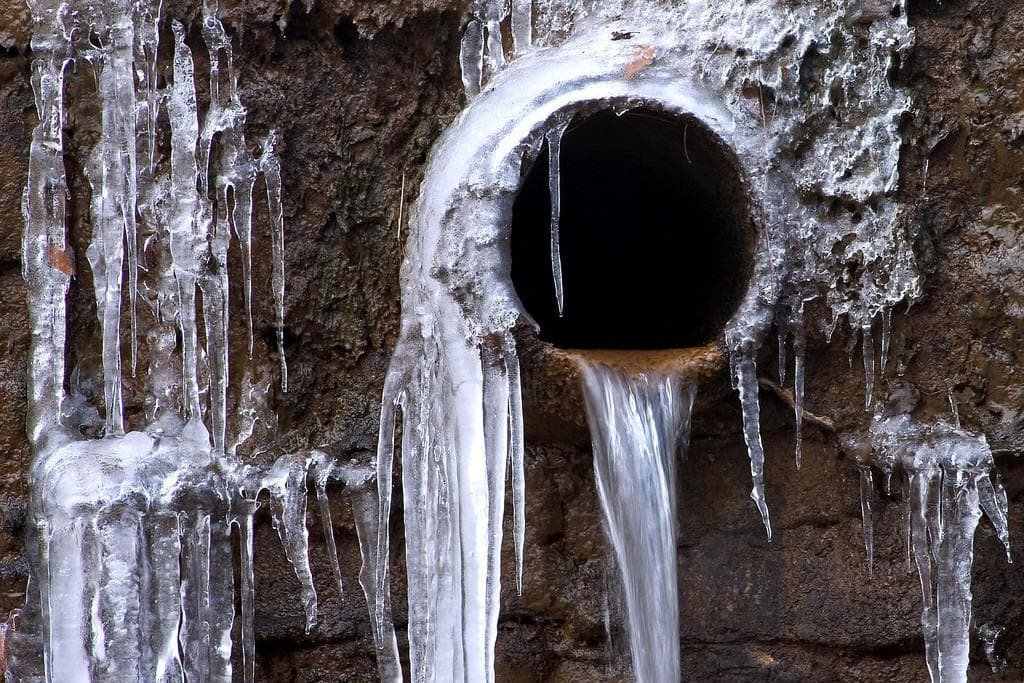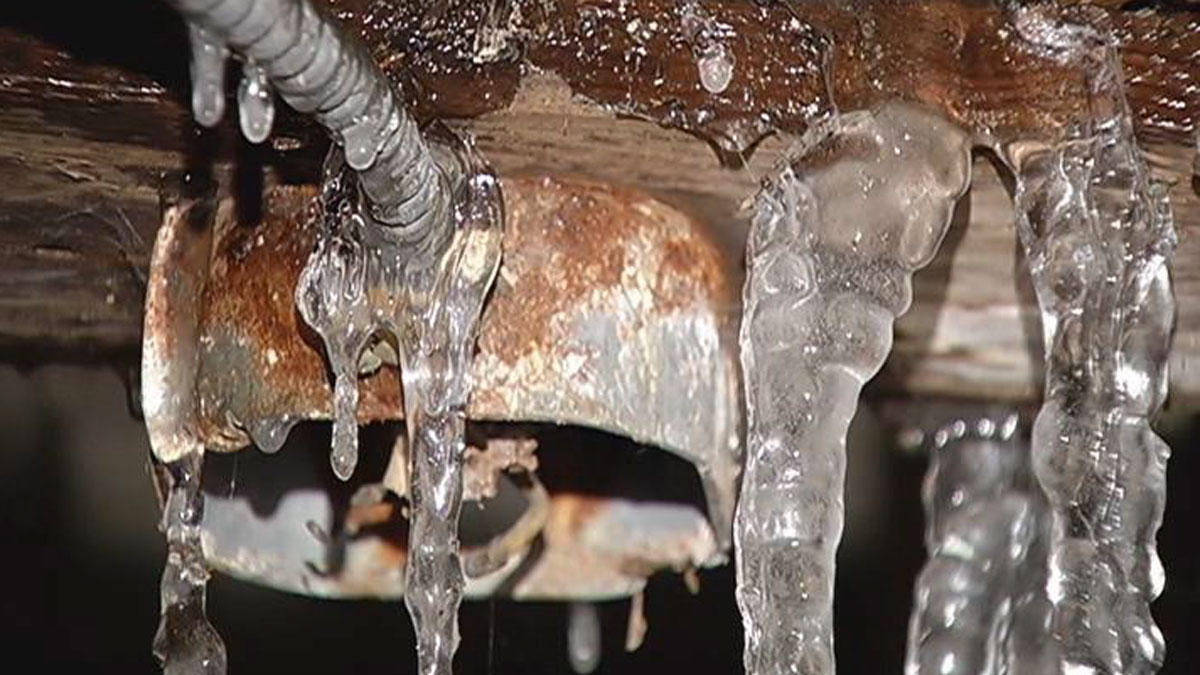Advice for Preventing Frozen Plumbing in Cold Weather: Expert Tips
Advice for Preventing Frozen Plumbing in Cold Weather: Expert Tips
Blog Article
Just how do you feel in relation to 6 Ways to Prevent Frozen Pipes?

Cold weather can ruin your plumbing, specifically by freezing pipelines. Below's just how to avoid it from taking place and what to do if it does.
Introduction
As temperatures drop, the danger of icy pipelines boosts, potentially bring about expensive repairs and water damages. Comprehending exactly how to stop icy pipes is essential for house owners in chilly environments.
Recognizing Frozen Pipelines
What triggers pipes to freeze?
Pipes freeze when exposed to temperature levels listed below 32 ° F (0 ° C) for expanded periods. As water inside the pipelines ices up, it expands, taxing the pipeline wall surfaces and possibly causing them to rupture.
Threats and problems
Icy pipes can cause water interruptions, home damage, and expensive repair services. Burst pipes can flooding homes and trigger considerable architectural damage.
Indications of Frozen Pipes
Determining frozen pipelines early can prevent them from bursting.
Exactly how to determine icy pipelines
Seek decreased water circulation from taps, uncommon odors or sounds from pipes, and visible frost on subjected pipes.
Prevention Tips
Protecting vulnerable pipelines
Wrap pipelines in insulation sleeves or make use of heat tape to protect them from freezing temperature levels. Concentrate on pipes in unheated or external locations of the home.
Heating techniques
Keep indoor rooms sufficiently heated, particularly areas with plumbing. Open cupboard doors to enable cozy air to distribute around pipelines under sinks.
Protecting Exterior Pipes
Yard pipes and exterior faucets
Disconnect and drain garden pipes prior to winter season. Install frost-proof spigots or cover exterior taps with protected caps.
What to Do If Your Pipelines Freeze
Immediate activities to take
If you believe icy pipes, maintain taps open up to soothe stress as the ice thaws. Utilize a hairdryer or towels soaked in warm water to thaw pipelines gradually.
Long-Term Solutions
Structural adjustments
Take into consideration rerouting pipes far from outside wall surfaces or unheated locations. Include additional insulation to attics, cellars, and crawl spaces.
Upgrading insulation
Buy premium insulation for pipelines, attics, and wall surfaces. Appropriate insulation helps keep constant temperatures and lowers the risk of icy pipelines.
Conclusion
Protecting against icy pipelines requires positive procedures and fast reactions. By recognizing the reasons, indicators, and preventive measures, property owners can shield their plumbing during winter.
5 Ways to Prevent Frozen Pipes
Drain Outdoor Faucets and Disconnect Hoses
First, close the shut-off valve that controls the flow of water in the pipe to your outdoor faucet. Then, head outside to disconnect and drain your hose and open the outdoor faucet to allow the water to completely drain out of the line. Turn off the faucet when done. Finally, head back to the shut-off valve and drain the remaining water inside the pipe into a bucket or container. Additionally, if you have a home irrigation system, you should consider hiring an expert to clear the system of water each year.
Insulate Pipes
One of the best and most cost-effective methods for preventing frozen water pipes is to wrap your pipes with insulation. This is especially important for areas in your home that aren’t exposed to heat, such as an attic. We suggest using foam sleeves, which can typically be found at your local hardware store.
Keep Heat Running at 65
Your pipes are located inside your walls, and the temperature there is much colder than the rest of the house. To prevent your pipes from freezing, The Insurance Information Institute suggests that you keep your home heated to at least 65 degrees, even when traveling. You may want to invest in smart devices that can keep an eye on the temperature in your home while you’re away.
Leave Water Dripping
Moving water — even a small trickle — can prevent ice from forming inside your pipes. When freezing temps are imminent, start a drip of water from all faucets that serve exposed pipes. Leaving a few faucets running will also help relieve pressure inside the pipes and help prevent a rupture if the water inside freezes.
Open Cupboard Doors
Warm your kitchen and bathroom pipes by opening cupboards and vanities. You should also leave your interior doors ajar to help warm air circulate evenly throughout your home.

I was shown that article about 6 Ways to Prevent Frozen Pipes from an associate on another domain. I beg you pause to share this article if you enjoyed it. I love reading our article about Winter Plumbing Precautions: Preventing Frozen Pipes.
Need Help? Hire Us Now! Report this page